€3.98
/ per pack
Choose seeds per pack:
Botanical nomenclature: Aegle marmelos / Belou marmelos / Crateva marmelos
Common name: Bael, Bengal Quince, Golden Apple, Japanese Bitter Orange, Stone Apple, Wood Apple
Kingdom: Plantae
Clade: Tracheophytes
Clade: Angiosperms
Clade: Eudicots
Clade: Rosids
Order: Sapindales
Family: Rutaceae
Subfamily: Aurantioideae
Genus: Aegle
Species: A. marmelos
Aegle marmelos, commonly known as bael, also Bengal quince, golden apple, Japanese bitter orange, stone apple or wood apple, is a rare species of tree native to the Indian subcontinent and Southeast Asia. It is present in India, Bangladesh, Sri Lanka, and Nepal as a naturalized species. The tree is considered to be sacred by Hindus.
Aegle marmelos is a deciduous shrub or small to medium-sized tree, up to 13 metres (43 feet) tall with slender drooping branches and rather open, irregular crown.
The fruit takes about 11 months to ripen on the tree, reaching maturity in December. It can reach the size of a large grapefruit or pomelo, and some are even larger. The shell is so hard it must be cracked with a hammer or machete. The fibrous yellow pulp is very aromatic. It has been described as tasting of marmalade and smelling of roses. Boning (2006) indicates that the flavor is “sweet, aromatic and pleasant, although tangy and slightly astringent in some varieties. It resembles a marmalade made, in part, with citrus and, in part, with tamarind.” Numerous hairy seeds are encapsulated in a slimy mucilage.
Bael is used in the ritual rites of Hindus. Bael is considered one of the sacred trees of Hindus. Earliest evidence of religious importance of bael appears in Shri Shuktam of Rig Veda which reveres this plant as the residence of goddess Lakshmi, the deity of wealth and prosperity. Bael trees are considered an incarnation of goddess Sati. Bael trees can be usually seen near the Hindu temples and their home gardens. It is believed that Hindu deity Lord Shiva is fond of bael trees and its leaves and fruit still play a main role in his worship, because the leaf’s triple shape symbolises his trident.
In the traditional practice of the Hindu and Buddhist religions by people of the Newar culture of Nepal, the bael tree is part of a fertility ritual for girls known as the Bel Bibaaha. Girls are “married” to the bael fruit; as long as the fruit is kept safe and never cracks, the girl can never become widowed, even if her human husband dies. This is a ritual that guarantees the high status of widows in the Newar community compared to other women in Nepal.
| Weight | N/A |
|---|
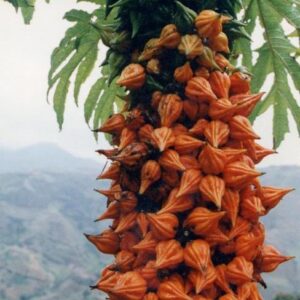
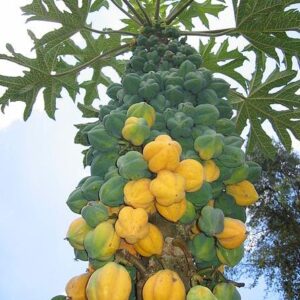
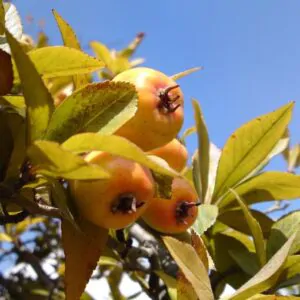
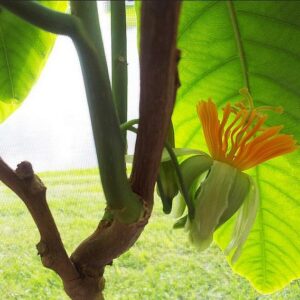
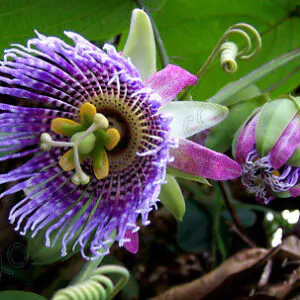
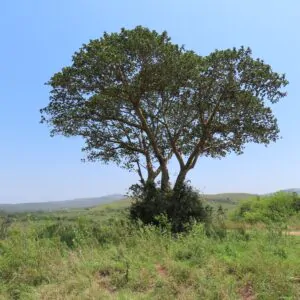
| Cookie | Duration | Description |
|---|---|---|
| cookielawinfo-checkbox-analytics | 11 months | This cookie is set by GDPR Cookie Consent plugin. The cookie is used to store the user consent for the cookies in the category "Analytics". |
| cookielawinfo-checkbox-functional | 11 months | The cookie is set by GDPR cookie consent to record the user consent for the cookies in the category "Functional". |
| cookielawinfo-checkbox-necessary | 11 months | This cookie is set by GDPR Cookie Consent plugin. The cookies is used to store the user consent for the cookies in the category "Necessary". |
| cookielawinfo-checkbox-others | 11 months | This cookie is set by GDPR Cookie Consent plugin. The cookie is used to store the user consent for the cookies in the category "Other. |
| cookielawinfo-checkbox-performance | 11 months | This cookie is set by GDPR Cookie Consent plugin. The cookie is used to store the user consent for the cookies in the category "Performance". |
| viewed_cookie_policy | 11 months | The cookie is set by the GDPR Cookie Consent plugin and is used to store whether or not user has consented to the use of cookies. It does not store any personal data. |